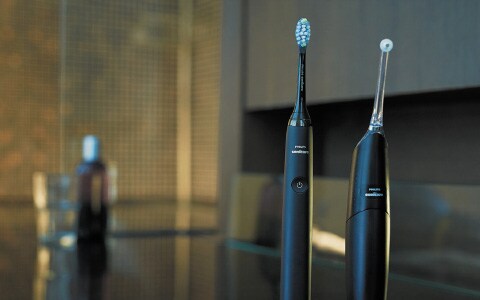Habits are actions triggered automatically in response to contextual cues. In plain English; washing your hands (action) after going to the bathroom (contextual cue) is an example of a habit most people have. When you consistently repeat the same action in the same context, through a process called associative learning, you’ll eventually form a habitual response - or habit.
Let’s put theory into practice. And since we’re all about oral health, let’s use the example of getting into the habit of flossing every day. Statistics indicate only a small number of people floss regularly. So if you want to be on the right side of that statistic, here’s how to get there.

1. Pick one habit To improve your chances of sticking to a habit, only take on one new one at a time. If your oral health routine only consists of brushing your teeth, then just add flossing to the mix to begin with. Once you’ve got that one down, you can move onto brushing your tongue and rinsing. Pairing new habits with ones you already have makes them easier to stick to. In the context of flossing, this one’s easy. Floss right before you brush. 3. Focus on small wins Instead of setting yourself a single daunting goal, break down your objective into smaller, achievable pieces. Changing from not flossing at all, to flossing every single day is a big leap, making the chances of failing quite high. First, start by setting the goal of flossing until your gums no longer bleed. Then move onto flossing two or three times a week, and keep progressing from there. The smaller the steps, the easier it is to achieve them.
2. Connect habits
4. Commit It takes an average of 66 days to establish a new habit. So if you want the change to stick, commit to at least two months. The Philips Sonicare app let’s you set goals, and provides feedback and coaching to help you get through the first 66 days. But if you don’t have the app, mark the day you started your new habit on a calendar so you can track your progress. * Survey of U.S patients.
If you’d like to make flossing a permanent part of your routine, we can help. Cleaning between your teeth with Philips Sonicare AirFloss Pro takes just 60 seconds, makıng it simple for you to add it to your daily oral care regimen. In fact, 89% of inconsistent flossers who tried AirFloss Pro said it was easier to use than string floss*

You are about to visit a Philips global content page
Continue